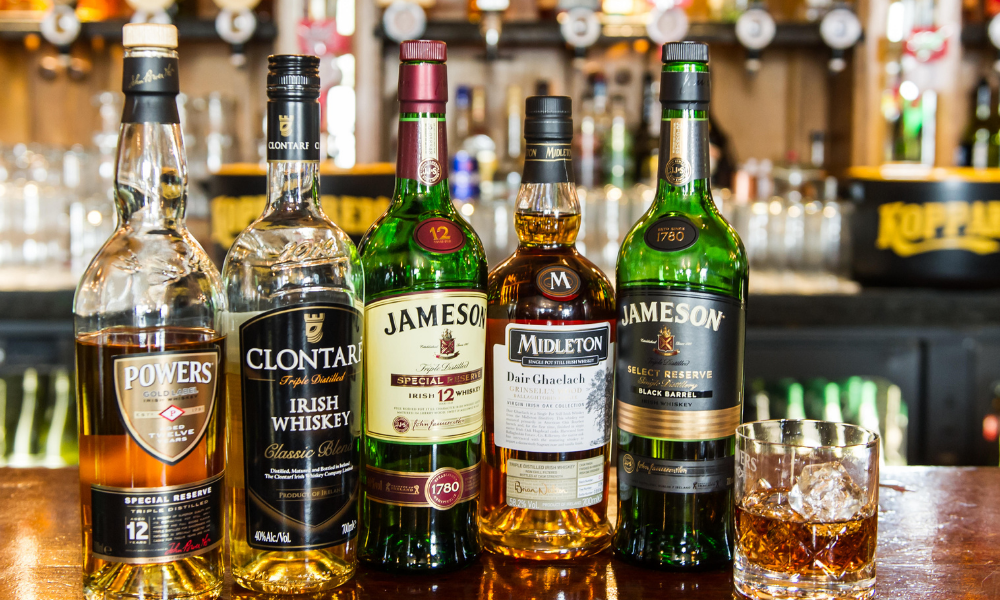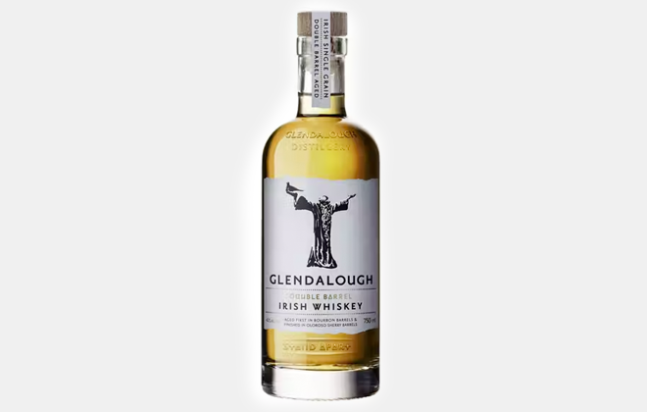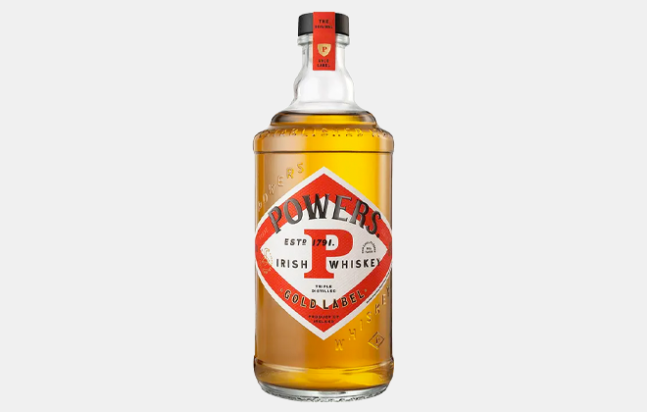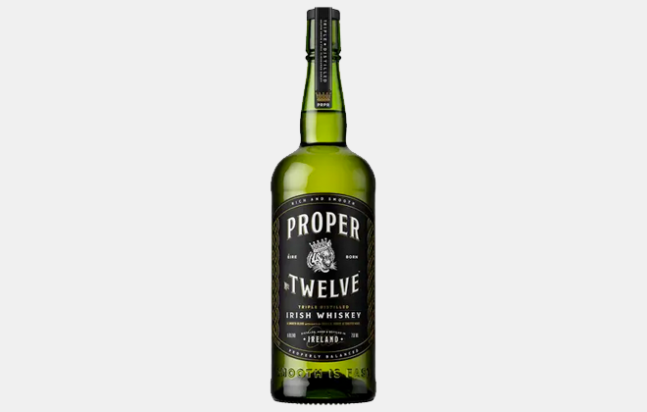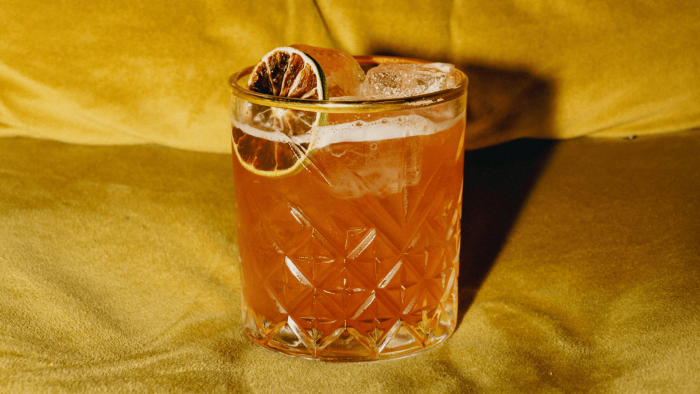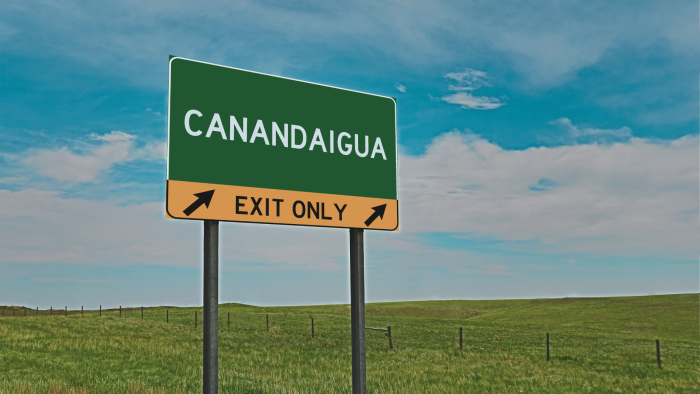Few countries are as known for their whiskey as Ireland. And while today a lot of that is thanks to one brand in particular, Ireland has been a whiskey powerhouse for centuries — for good reason. It doesn’t matter if you’re typically a bourbon drinker, a Scotch whisky drinker, or even if you prefer every other category of liquor other than whiskey. If you like brown spirits, there’s an Irish whiskey you’re bound to fall in love with.
”Irish whiskey is a great place to start for people just beginning their whiskey journey,” Alex Conyngham, cofounder and director of Slane Irish Whiskey, says, adding that’s primarily because “it’s very approachable and generally easy drinking.”
There’s never been a better time to get into Irish whiskey as the category has seen a sharp increase in popularity in recent years that’s led to loads of experimentation and a return to historic styles.
“We now have over 40 active distilleries in Ireland, and the breadth and depth of flavor and innovation is expanding all the time,” Conyngham says. “Irish whiskey offers choice, and that will be the key to its long-term success.”
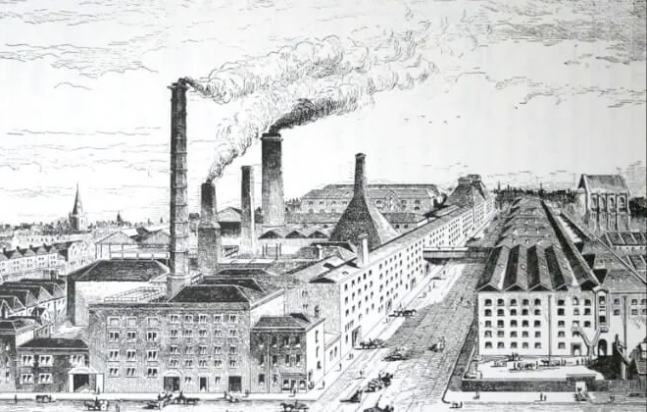
A Brief History of Irish Whiskey
By some sources, Irish whiskey can be traced back to the sixth century and is the country that invented whiskey in the first place. Irish monks called distilled spirits uisce beatha, which means water of life. Over time, that original word for spirits was shortened and anglicized to whiskey.
The modern Irish whiskey industry got its start in the late 1800s and early 1900s. It was popular abroad as well as at home — especially in the United States. But World War I, the Irish civil war, and Prohibition in the U.S. sharply decreased the number of distilleries and the major brands consolidated. Things have turned around in the past decade or so. It’s once again easy to fall down the rabbit hole of Irish whiskey while seeking out and trying nuanced spirits that speak to the place they’re made.
What Is Irish Whiskey and What Is it Made From?
Irish whiskey is made with cereal grains. Historically, barley is the primary grain, but other grains like corn and wheat are common as well.
Pot still and column still distillation are the two methods used in Ireland. Broadly speaking, pot still distillation delivers more malt flavors while column still distillation creates a lighter spirit. Pot still whiskey uses part unmalted barley and part malted barley and is distilled in a copper pot still. This method adds spice and a creamy texture versus the fruity and floral notes in pure malt whiskey.
Regardless of the method, the resulting spirit is then aged on the island (and it must be aged only in Ireland) for at least three years in barrel before being bottled at a minimum of 40 percent ABV. Only then can it be called Irish whiskey.
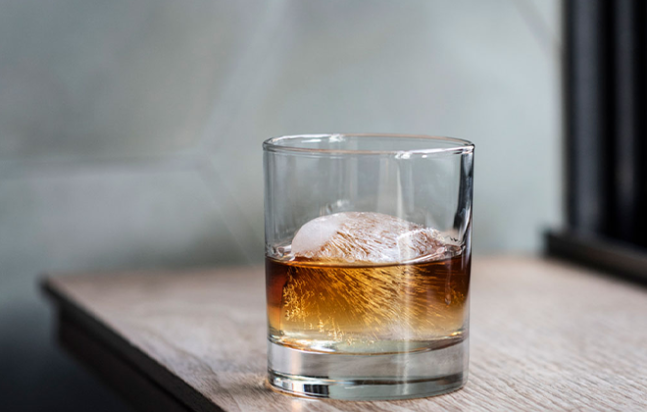
What’s the Difference Between Irish Whiskey, Scotch, and Bourbon?
The most obvious difference between Irish whiskey and Scotch is evident before your first sip: the spelling. Irish and American whiskey use an “e” while Scotch (and pretty much every other country) goes with whisky.
Besides the name, Irish whiskey is usually triple distilled, whereas Scotch whiskey and bourbon are most often distilled twice. In the case of pot still whiskey, the unmalted barley sets it apart from other whiskey styles. Additionally, any type of wood can be used for the barrel whereas Scotch has to use oak and bourbon must only use new American oak.
What Does Irish Whiskey Taste Like?
There’s no one flavor that characterizes Irish whiskey as a whole. Different production methods lead to different flavors. However, Irish whiskey is known for being on the lighter side with stone fruit, honey, and floral notes. Distillers often age their whiskey in barrels that used to hold other spirits like bourbon, port, or sherry instead of new oak barrels. This means there’s typically less of the oak flavors that you get in a bourbon or Tennessee whiskey.
The biggest influence on the flavor of Irish whiskey comes from which of the three major styles it falls into.
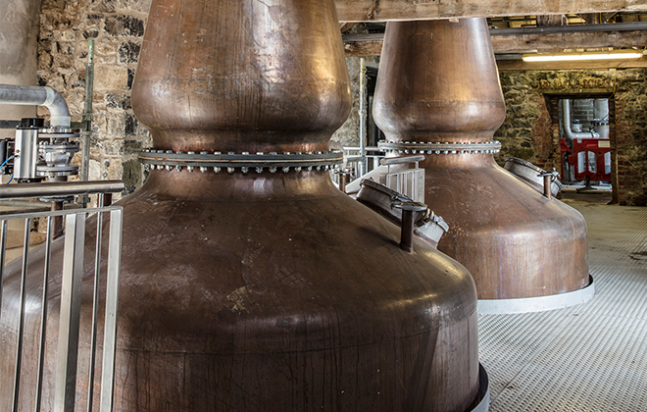
Pot Still Whiskey
The copper pot stills that define this style of Irish whiskey have a big impact on flavor and vary from distillery to distillery. It’s primarily (or entirely, depending on the distillery) made with both malted and unmalted barley (minimum of 30 percent of each). Other cereal grains can be used as well.
By mixing malted and unmalted barley, distillers can achieve some creaminess and natural spiciness.
“The expansion of the Single Pot Still category within Irish whiskey will take hold within the next decade as the various new distilleries, including Slane, start to release their own versions of the definitive native style of Irish Whiskey,” Conyngham says. “Watching each distillery put its own spin on this will lead to a whole new wave of innovation and will hopefully help to establish single pot still as the Irish answer to the Scotch Single Malt category.”
Glendalough
Glendalough makes just about the most Irish of Irish whiskey there is. First, of course, it’s a pot still whiskey. Second, Glendalough is the rare distillery that finishes its spirit Irish oak casks, which are made from trees found in the mountains in Wicklow near the distillery. The brand also makes a pot still whiskey aged in treasured mizunara Japanese oak casks. Both are the type of whiskey best enjoyed neat.
Redbreast
Among modern single pot still whiskeys, Redbreast is one of the most well known. The brand started in 1857 and has been making pot still whiskey for more than a century. Today, it’s made at the Midleton Distillery, which has the largest post stills in the world and is also where a number of the biggest Irish whiskey brands are made.
Powers
Powers is another classic name in Irish whiskey. The brand was started in Dublin at John’s Lane in 1791 by James Power. Over the following century, Powers became a global favorite, in part thanks to stunts like a towering feature of Powers bottles at the 1893 Chicago World’s Fair. Fun fact: Powers is also responsible for travel size mini bottles of liquor. The “Baby Power,” as it was known at the time, made the whiskey more accesible from a price standpoint as well as easy to have on the go (it even came with a little corkscrew to take the cork out). Powers is today made at the same Midleton Distillery as Redbreast. Its single pot still whiskey, Three Swallow, is made to taste how the brand did back in the day.
Irish Single Malt (or Irish Malt Whiskey)
As the name suggests, this style is made with 100 percent malted barley, which can be peated or unpeated. It’s distilled in copper pot stills of various sizes depending on the distillery.
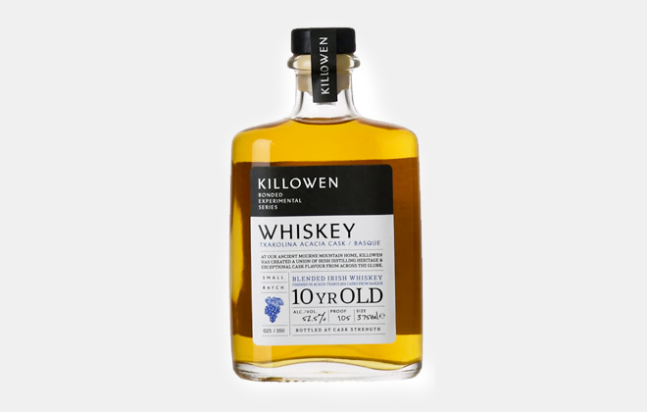 Killowen
Killowen
Two artisan pot stills are at the center of whiskey making at Killowen: a 1000-liter still named Christoir and an 800-liter still named Broc. Both have a traditional shape and size, and are flame heated. The Rum & Raisin single malt made with County Louth malted barley is then aged for five years in ex-bourbon casks before it’s finished in a split of dark rum casks and PX sherry butts to add a touch of coconut, fig, and prune notes. Killowen puts the blend, cask information, and origin of its components straight on the bottle.
Limavady
Another new Irish whiskey brand, Limavady is led by Darryl McNally. Although the brand is new, McNally is no stranger to Irish whiskey and has had a long career making award-winning whiskeys for brands like Bushmills. Limavady is the only single barrel, single malt whiskey in the world and uses 100 percent Irish barley that’s triple distilled in small batches in copper pot stills before being aged in ex-bourbon barrels and finished in Pedro Ximénez sherry casks. The result is a whiskey filled with dried fruit, toasted vanilla, and spice notes. In a nod to the past, the bottle has a “blob-top” that was popular in the 1750s that’s based on a centuries-old bottle McNally found in the fields near his home.
Knappogue
A brand that’s synonymous with Irish single malt whiskey, Knappogue comes from barrels of pot still whiskey aged in Knappogue Castle (yes, a real castle from the 15th century). The 12-year-old single malt is triple distilled and is a standout representation of what Irish single malt is supposed to taste like with bready, fruity notes. The 14- and 16-year-old whiskeys get some additional time in Oloroso sherry casks and are a bit pricier, but worth the cost.
Blended Irish Whiskey
Two or more Irish whiskey types (pot still, malt, or grain whiskey, which is column distilled and has a minimum of 30 percent barley along with corn, wheat, and other cereal grains) are carefully blended together to create a blended Irish whiskey. Blended Irish whiskey is most likely what you think about when you think about Irish whiskey. It’s often affordable and just about everywhere.
Assuming you know the most famous blended Irish whiskey, Jameson, by now, these are other examples of the style to seek out.
Slane
Slane uses a triple cask aging process in which whiskey is matured separately. That means that when it comes to the final blend, the Slane team is able to dial up or tone down whichever flavors they choose.
“The big hit of vanilla you get on the nose in Slane comes directly from the heavily toasted virgin American oak cask,” Conyngham says. “Good whiskey, like good music, is all about balance and having our barrels mature separately means we have more control in achieving this.”
The brand recently added Gearóid Cahill, who is both a master distiller and master brewer, to the team. The first step to making good whiskey is essentially making a good beer, and Cahill “has empowered the entire team to raise the bar in every aspect of whiskey production and the future of Slane Distillery is certainly radiant under his watch,” Cunningham says.
Slane has a number of notable sustainability initiatives, including planting native trees (including Irish oak that one day can be used for casks).
Proper No. Twelve
MMA fighter Conor McGregor started Proper No. Twelve in 2018, and it quickly became the fastest-growing Irish whiskey in America. The blend of grain whiskey and single malt is easy drinking with vanilla and honey notes, and it comes in at a price point that’s just as easy as the taste. The name comes from Dublin Twelve, the neighborhood McGregor grew up, and the fact that it’s a proper Irish whiskey. Five dollars are donated to first responder organizations, up to $1 million per year.
Two Stacks
Two Stacks is a relative newcomer when it comes to Irish whiskey brands. It has a sweet and spicy finish, and the final liquid is sold without added caramel (legally allowed for color consistency) or any chill filtration. This is the type of whiskey that reminds you why master blenders are so revered in the industry. The blend for First Cut is made up of five parts: a grain whiskey aged in virgin oak, a grain whiskey aged in an ex-bourbon cask, a pot still whiskey aged in an ex-oloroso sherry casks, a malt whiskey aged in an ex-bourbon cask, and a peated malt aged in an ex-bourbon cask.
Buy Now $20
